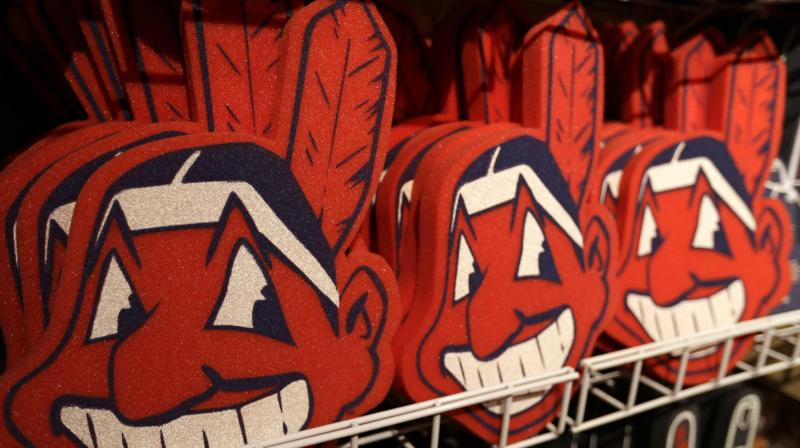Red face struggle to end is still a slow process: Native Americans
Red face may get less attention because of ingrained misconceptions and feelings of entitlement to Native American culture and land.

Flagstaff: John Little can hardly go a week without a reminder that he and other Native Americans often are viewed as relics of the past: the Indian maiden on the butter container at the grocery store, the kids’ teepees sold at popular retailers and the sports fans with their faces painted doing tomahawk chops at games.
But he doesn’t hear widespread outrage over these images that many Native Americans find offensive, even as the country has spent most of the year coming to grips with blackface and racist imagery following the revelation of a racist photo on the Virginia governor’s college yearbook page.
Since then, new examples have surfaced regularly, most recently a TV host who painted her face brown in a parody of Oscar-nominated Mexican actress Yalitza Aparicio. “These are everyday realities for Native people,” said Little, a Standing Rock Sioux tribal member.
Red face may get less attention because of ingrained misconceptions and feelings of entitlement to Native American culture and land, scholars say. Native Americans also are a relatively small group, making up less than 2 percent of the US population. Blacks, by comparison, make up around 13 percent.
“There’s a big, long, complicated history to this that’s really deep in American culture,” Deloria said. “It’s every bit as deep as blackface minstrelsy and slavery. It’s just out there, but we’ve kind of forgotten about it.”
Nowhere is red face more prominent than at sporting events featuring teams with Native American mascots like the Redskins, Braves and Indians, and around Halloween.
In the documentary “More Than a Word” about the Washington Redskins, fans say the team name honours Native Americans. Stadiums today are dotted with fans who paint their faces, perform their versions of a Native American dance or war cry, and wear toy or replica headdresses that are mass-produced.
It’s insulting to many Native Americans because headdresses historically were a symbol of honour and respect, earned by tribal chiefs and warriors, they say. Modern-day veterans and leaders sometimes are gifted them in ceremonies and honoured with the right to wear them.
“It’s easy to do the comparison: If this was blackface, it wouldn’t be tolerable,” said Little, who co-directed the documentary. “But that also discredits it because you are comparing issues in two separate races and two distinct people.”
Redface for many Native Americans isn’t limited to face paint. It also includes clothing and speech. Celebrities have donned fake headdresses and feathers and hosted cowboys and Indians parties without many repercussions, beyond being called on to apologize. Non-Native actors portray Native Americans in movies more often than Native Americans do. And some politicians routinely cast doubt on tribes’ ability to control their own land.
“It’s hard for me to say people don’t know it’s wrong,” said Kyle Mays, an assistant professor of African American and American Indian studies at the University of California-Los Angeles, who is black and Saginaw Anishinaabe. “They might not know Native people, (but) they know it’s wrong and it’s just OK to do because there are not any consequences for it.”
Nicholet Deschine Parkhurst, who is Lakota and Navajo, has been trying to take companies to task for misappropriating Native American culture and to highlight indigenous people in a more contemporary way. “When you’re viewed in that way, as only existing in the past, as the ‘frozen Indian’ found in museums ... it makes it harder for voices of leaders in our communities to actually be heard, and it’s easier for people to ignore us,” she said.

